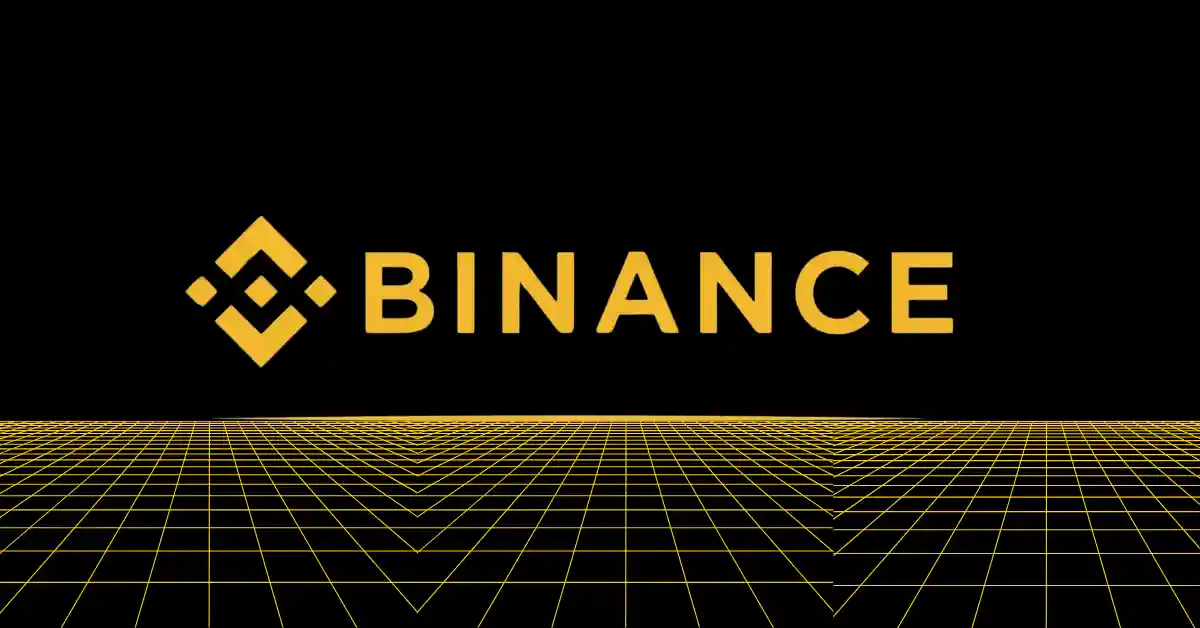Over this week, traders anticipating a cryptocurrency price rise closed their positions hastily as Bitcoin, the largest cryptocurrency, declined.
Within the last 24 hours, the crypto market saw a loss surge. Ethereum and Bitcoin both went down by 3% and 2% respectively. Following BTC and ETH price movements, many other altcoins saw a pullback.
ETH and BTC Price
Data from Gate.io reveals that Ethereum dropped nearly 3% on the last day, now trading at $2568 ETH/USDT. Similarly, Bitcoin has also fallen below $60,000, experiencing a 2.5% decline over the same period, and is currently trading around $58,420 BTC/USDT.
Experts have linked Bitcoin’s performance to tech stocks and other factors, including political shifts in Washington, D.C., and optimistic bets on U.S. spot Ethereum exchange-traded funds.
Despite the unexpected short-term losses, some analysts maintain a positive outlook for the remainder of the year.
Singapore-based crypto trading firm expressed optimism in a note on Tuesday, just before Bitcoin’s decline. They noted that Bitcoin’s all-time high, achieved two months after the launch of an ETF, sets a strong precedent. They further anticipated continued institutional interest, suggesting that Ethereum’s price could gradually align with its previous all-time high.
The tech sector selloff was reportedly driven by earnings reports from major companies, including Google parent Alphabet Inc., which revealed higher-than-expected capital expenditures.
During the pullback period, Alphabet’s stock dropped over 5%, its worst performance since January. Tesla also experienced a significant decline of over 12%, and AI frontrunner Nvidia saw its shares fall by 6.8%.
Although Nvidia’s market cap had surged past $3 trillion due to high interest in artificial intelligence, it has since dropped to $2.81 trillion as investor enthusiasm diminished amid a market correction.
Crypto liquidations Explained
In the cryptocurrency market, long and short positions can be liquidated when traders are forced to close their positions due to significant price movements that go against their bets. A long position is taken when a trader buys an asset, anticipating its price will increase.
Conversely, a short position is taken when a trader borrows an asset to sell it, hoping to repurchase it later at a lower price to make a profit. Liquidation occurs when the market moves contrary to these expectations, causing the trader’s account balance to fall below the required maintenance margin.
For long positions, liquidation happens if the cryptocurrency price falls significantly. When the asset’s value decreases, the trader’s equity in the position also diminishes.
Suppose the asset’s price drops to a level where the trader no longer meets the minimum margin requirement set by the exchange. In that case, the position is automatically closed to prevent further losses. This automatic closure ensures the trader does not owe more than their initial investment or deposit.
Short positions are liquidated similarly but in the opposite market condition. If the cryptocurrency price rises instead of falling, the trader’s losses accumulate as they have to buy back the asset at a higher price than the selling price.
If the price increases to a point where the trader’s account balance is insufficient to cover the potential loss, the position is liquidated. The exchange will automatically buy back the asset at the prevailing market price to close the position, thus preventing the trader from incurring a loss greater than their initial deposit.
Both long and short liquidations are critical risk management mechanisms employed by exchanges to maintain market stability and protect traders from excessive losses. They ensure that traders cannot lose more money than they have in their accounts, which is particularly important in the highly volatile cryptocurrency market.
These liquidations can have a cascading effect, where the forced selling or buying of assets further drives price movements, potentially triggering additional liquidations and contributing to significant market volatility.
What does ETF mean to ETH?
Since Ethereum (ETH) began trading as an exchange-traded fund (ETF), the price of ETH is expected to experience increased stability and potentially significant growth. The introduction of an ETF provides institutional investors with a regulated and accessible way to invest in Ethereum, likely leading to a substantial influx of capital.
This increased institutional participation can enhance market liquidity and reduce volatility as larger, more stable investors enter the market. Additionally, the legitimacy and visibility conferred by an ETF can attract a broader range of investors, further driving demand and potentially pushing the price of ETH higher over time. Analysts anticipate that these factors, combined with ongoing developments and adoption within the Ethereum network, will contribute to a positive long-term price trajectory for ETH.










